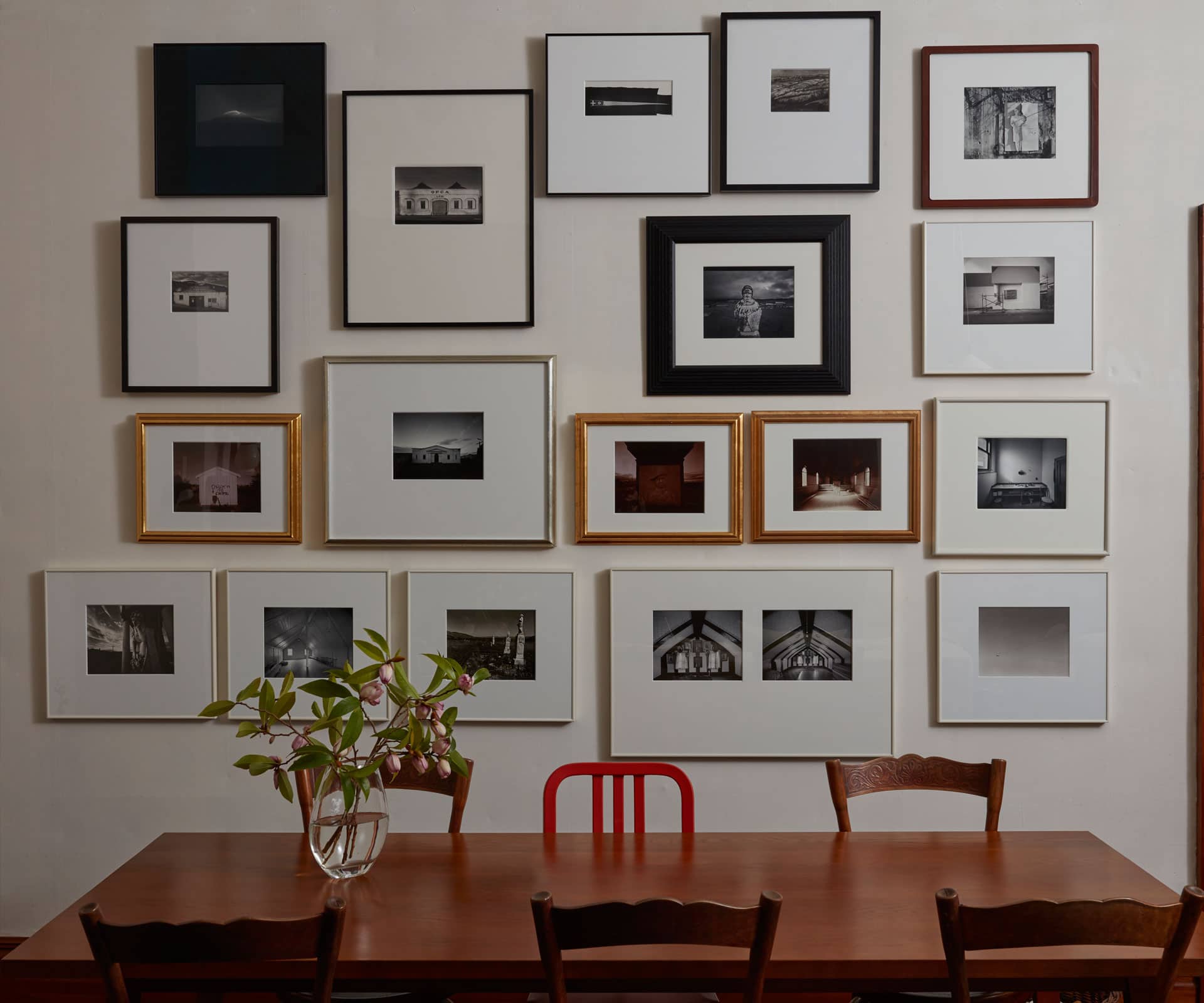Whanganui was once a byword for small-town conservatism but in recent years, artists and curators have discovered the town’s charms. Anthony Byrt reports on an unlikely art scene
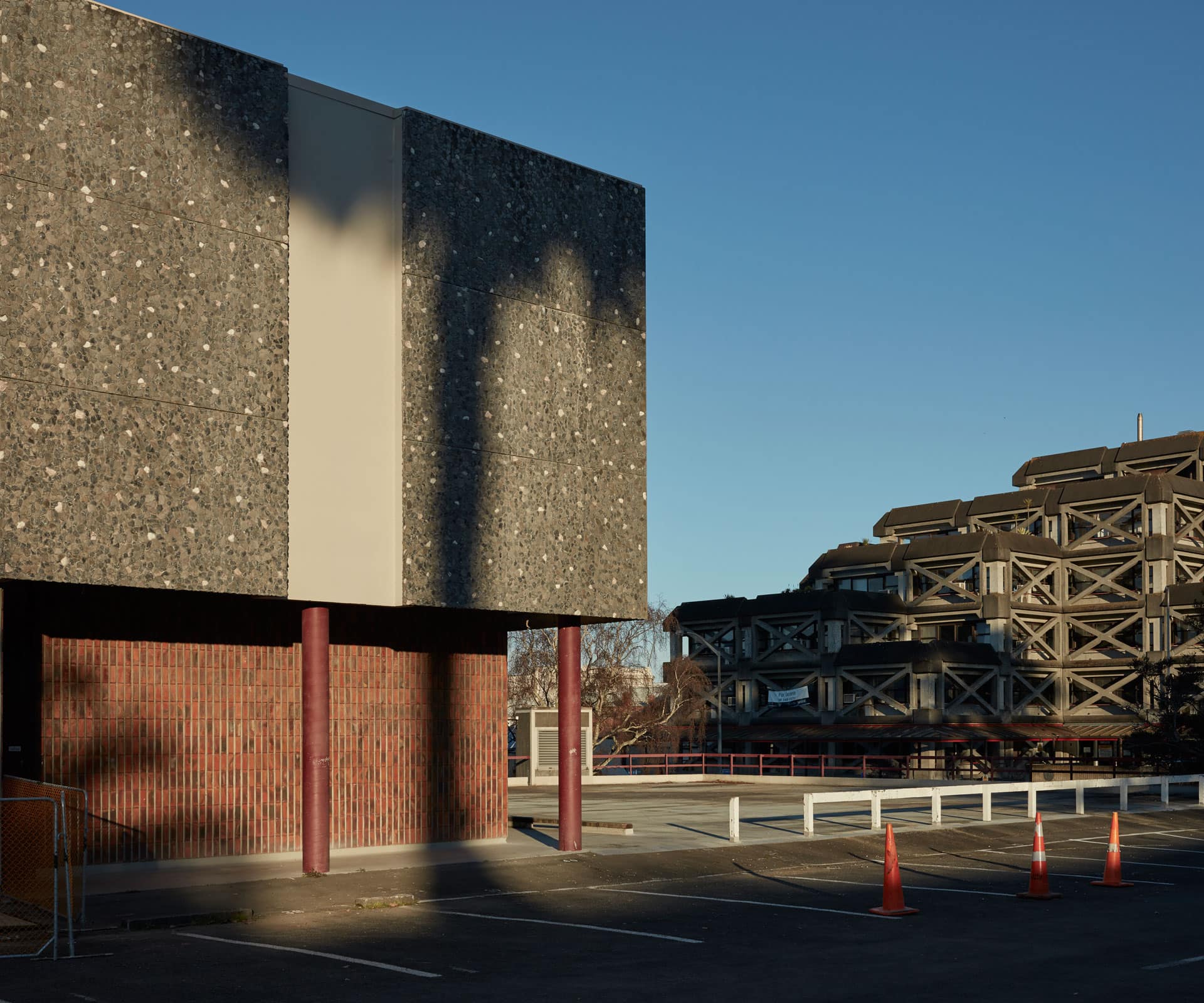
Why we all need in to know about Whanganui’s rising art scene
Like Katherine Mansfield and Frances Hodgkins, Edith Collier was a hugely talented young artist who recognised that being a woman at the far end of the British Empire in a conservative, colonial country was going to limit her success. So she set off from Whanganui in 1912. She studied painting in London and Ireland and, after World War I, joined Hodgkins in St. Ives. Hodgkins saw huge potential in her. But in 1921, family obligations drew Collier home. Provincial New Zealand in the 1920s was a pretty grim place for an ambitious modernist. Gradually, she lost momentum and abandoned painting altogether.
Collier’s story is an instructive if undervalued tale of New Zealand expatriatism. Our art history is littered with artists who left New Zealand towns and cities to test their mettle in London, Paris, New York and Berlin, from Hodgkins through to Billy Apple, and on to the likes of Simon Denny, Kate Newby and Luke Willis Thompson. But there’s another kind of art world migration underway right now: more and more early career artists are choosing the provinces. And one of the most popular places for them to land is the very same town where Collier’s career eventually faded – Whanganui.
Even 10 years ago, a move like this would have felt like an international career death-knell. But times have changed. High-speed internet is part of it, so is the chance to have a decent studio, a decent house and a decent life, without having to slog in a teaching job or behind a coffee machine just to buy yourself a bit of time to make art. And Whanganui, despite having its conservative moments (not just back in Collier’s era, but the fear-and-loathing surrealism of the Michael Laws years, too) has better cultural bones than many of our regional centres. And those foundations are attracting some real talent.
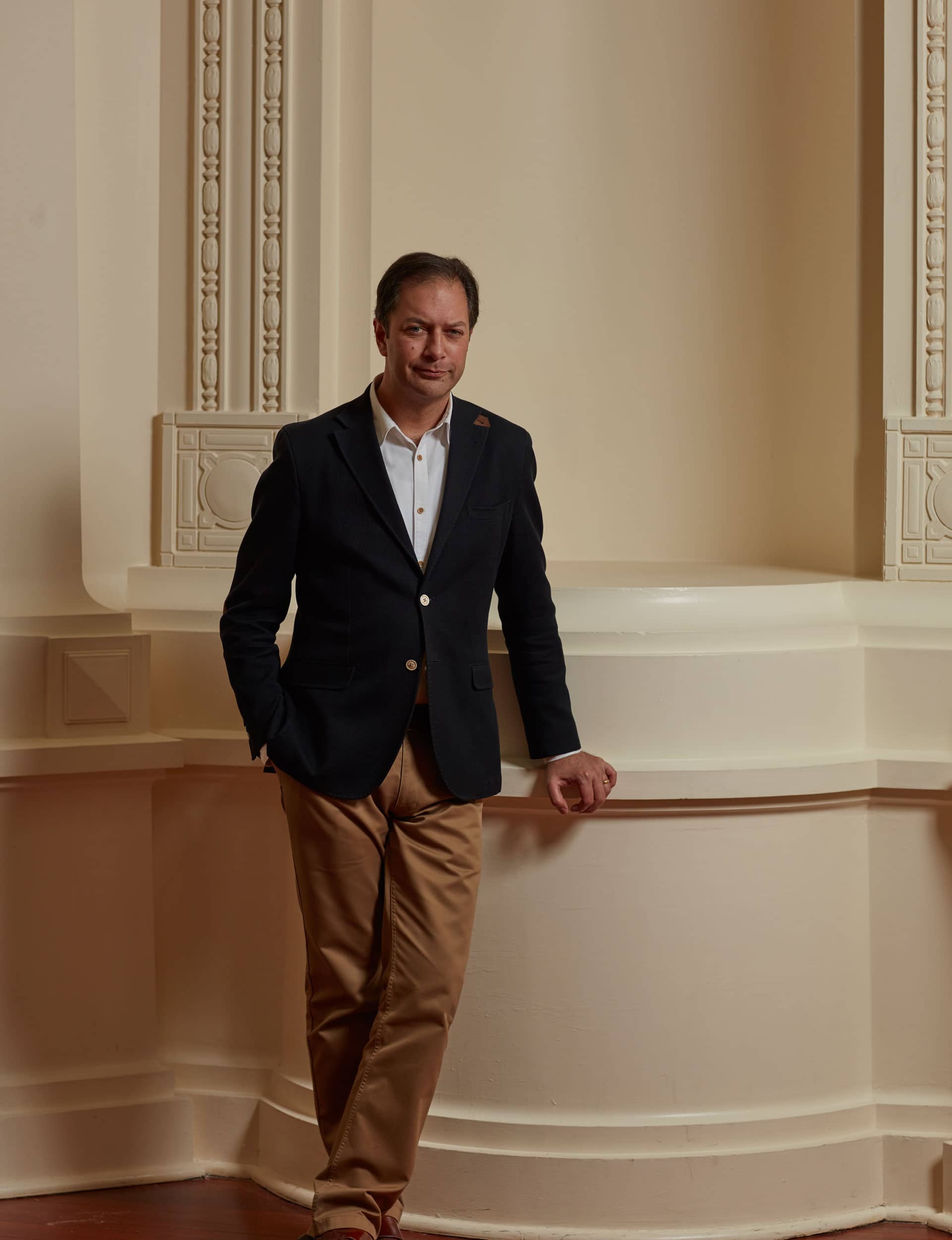
The $35 million gallery
When Greg Anderson moved from Auckland to Whanganui 10 years ago, it was to take his first museum directorship, at the Sarjeant Gallery. But for much of his time there, he’s been more fundraiser and construction manager than curator. That’s because the Sarjeant’s heritage-listed building in Queen’s Park is, frankly, falling down.
The neoclassical building looks as much mausoleum as museum from the outside. Inside, though, it has always been one of the more elegant and interesting exhibition spaces in the country, a series of small galleries flanking a central axis, which unfolds under a central dome into a big, open space. Billy Apple famously transformed this in 1979 by removing a sculpture of Greek wrestlers that had taken pride of place for decades; a conceptual act that horrified locals. Since then, the dome space has been a prime location for site-specific sculpture, with works by Christine Hellyar, Maureen Lander, Andrew Drummond, Joanna Langford, Bill Culbert, and many more.
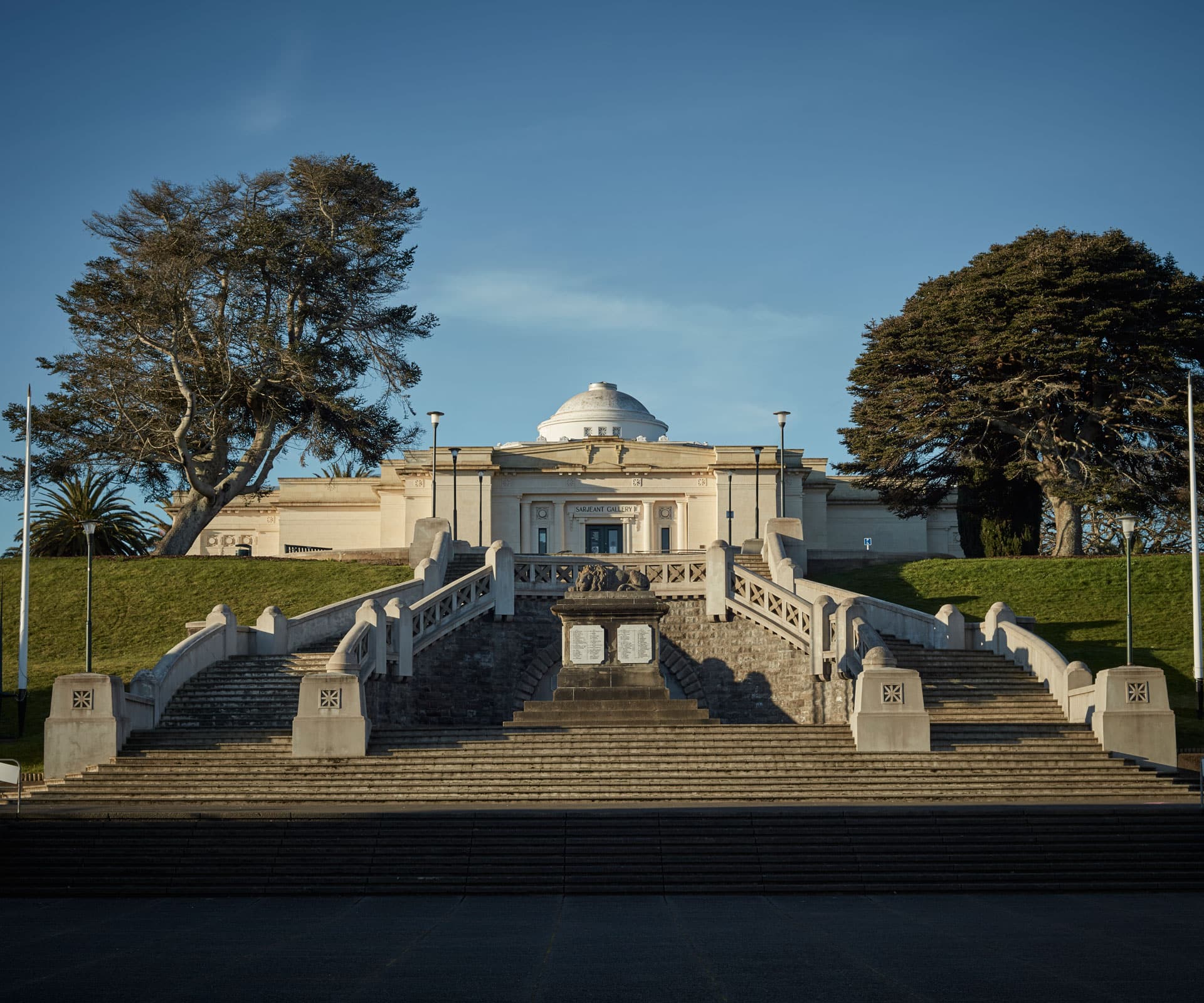
The trouble is, Anderson explains when we meet there, all that time the building was eating itself – water ingress was chewing into the gallery’s structural elements. After a giant chunk of ceiling fell out (thankfully, in the middle of the night when no one was there), investigations revealed just how bad the damage was. And it turned out the gallery was only up to five percent of the new earthquake regulations. It is, Anderson says dryly, as he opens a trap door in the gallery’s basement to show me, “a building with incredibly flimsy foundations, sitting on a sand hill.” It’s amazing it has survived this long.
The Sarjeant closed to the public in 2014, but has a temporary space on Taupo Quay to keep the exhibitions programme going. In just three years, Anderson and the gallery’s Trust have raised $32 million: a combination of lotteries and council funding, $10 million from the government, and another $11 million from private sources. The transformation is being carried out by Warren and Mahoney, and involves restoring the historic building, putting it on 90 base isolators and building a completely new wing – which will have purpose-built storage for the Sarjeant’s 8000-work collection, as well as new exhibition and education spaces. This will double the Sarjeant’s size.
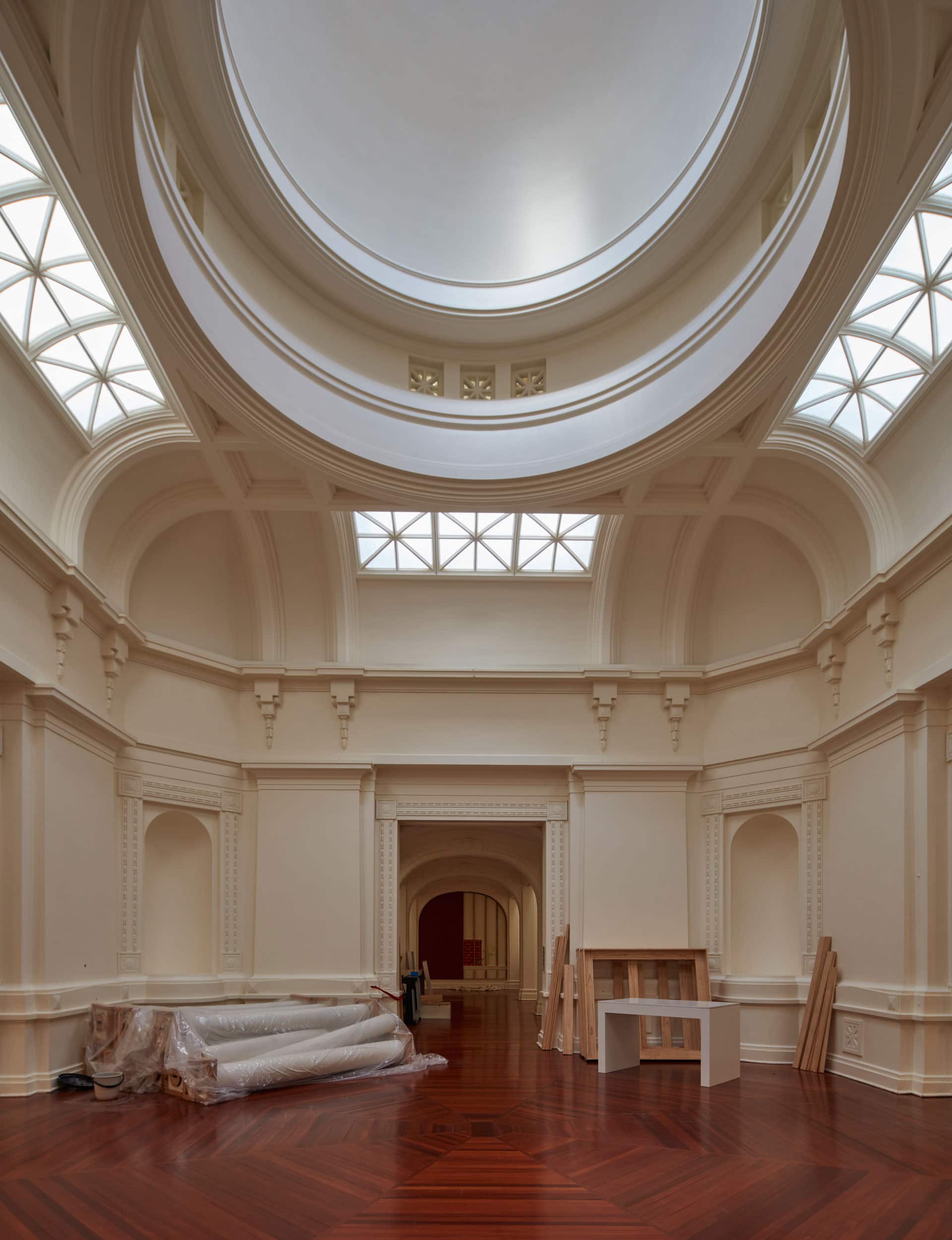
To make it all happen, the gallery needs to raise another $3 million by the end of the year, and Anderson is confident they’ll get there. Part of the idea is that the Sarjeant could become a crucial stop on an art trail of the lower North Island, one that runs from Wellington to the Len Lye Centre in New Plymouth, with stop-offs at Whanganui and Te Manawa in Palmerston North. It’s a big roll of the dice by Whanganui Council, which is clearly hoping for the kind of ‘Bilbao’ bounce New Plymouth has experienced since the Lye building opened.
It’s also essential to protect one of the country’s most eccentric but vital collections. Whanganui has been a rich place in the past, and the Sarjeant’s collection reflects that: amid giant Sevres vases and Medici furniture, it has Goldies and Lindauers, some frankly kick-arse Colin McCahon and Gordon Walters paintings, and a smattering of outstanding contemporary art. The new building will also put it back on the map for the contemporary art scene, as a genuine player capable of staging nationally significant exhibitions again.
A photography mecca
An important aspect of the Sarjeant’s strange history is that it was one of the first museums anywhere in the world to start collecting photography as art. This began in 1919 under the guidance of Frank Denton, and has attracted photographers to Whanganui for years. Many of them come into town via the Tylee Cottage Residency – one of New Zealand’s longest-running residency programmes – which is administered by the Sarjeant (artists-in-residence give the gallery a work at the end of their time there, which is a great way to keep the collection fresh). Though Tylee isn’t exclusively for photographers, a huge number of New Zealand’s best have passed through its doors: Laurence Aberhart, Ann Noble, Ans Westra, Ben Cauchi, Andrew Ross, Ann Shelton and Richard Orjis among them.
Since 2002, Paul McNamara has also been running New Zealand’s most respected private photography gallery out of Whanganui. Though he doesn’t have a physical space anymore, he still maintains online exhibitions, runs a busy programme of pop-up shows in temporary venues around the country, and acts as an agent for several photographers. McNamara calls himself a “gallerist” because, in his words, he’s “not quite a dealer, not quite a curator”. He is, though, a highly regarded voice in New Zealand photography, and one of its key advocates.
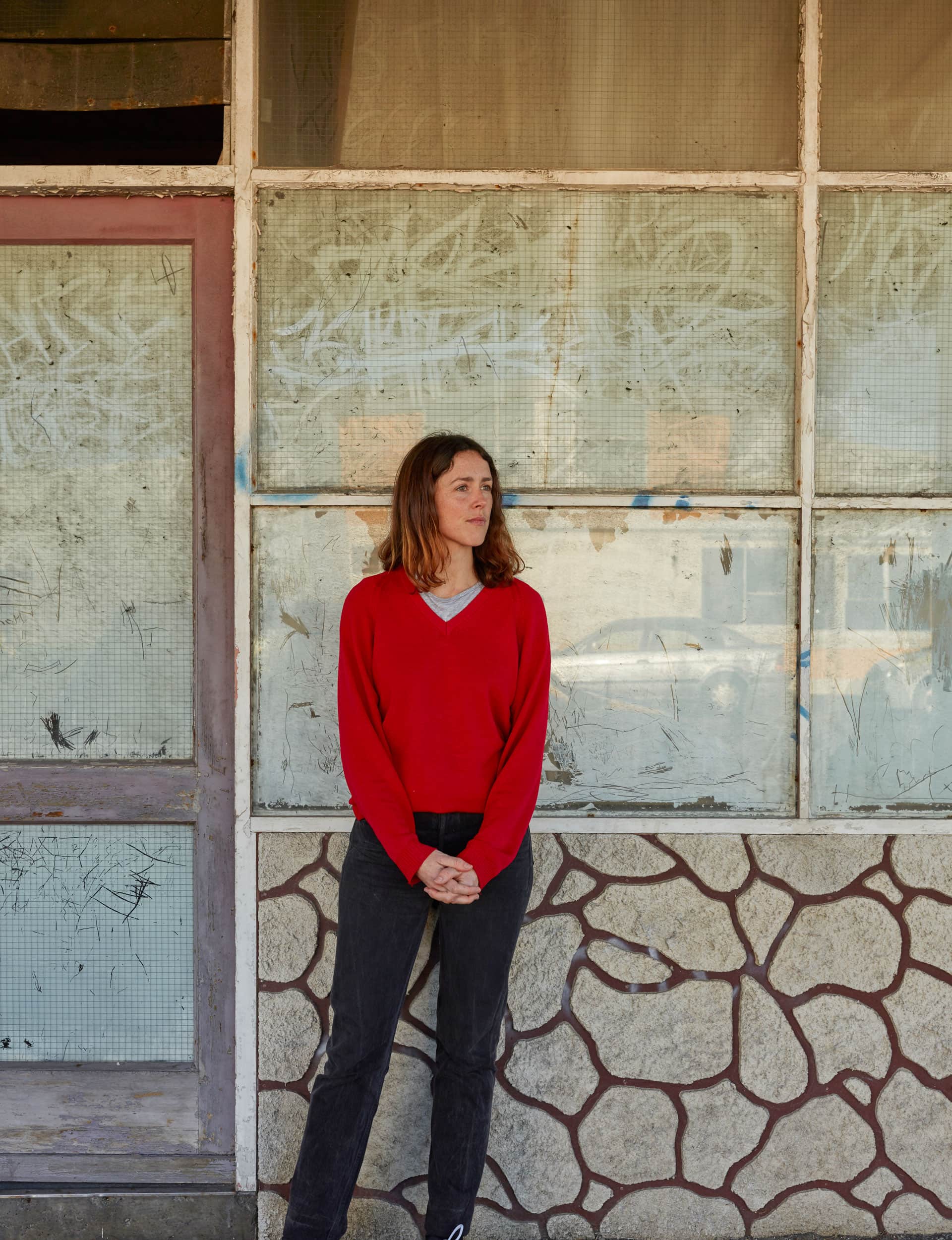
It seems a little counter-intuitive to have such a specific gallery business in a small place: you’d think it would make sense to be broader in scope. But McNamara says he’s never been burdened by geographical dislocation. He works with institutions all over New Zealand, and sells work to collectors here and in Australia. He’s also regularly consulted on issues to do with photographers’ archives, questions about posthumous printing, and the ethics of collecting photography. His business model, he says, has always been about the integrity of the medium, and making sure it’s respected in New Zealand as an art form.
He’s also not shy about expressing his views on Whanganui. For example, he’s not entirely convinced that the revamped Sarjeant will have the same pulling power as the Len Lye Centre: not because he doubts the quality of its collection which, particularly when it comes to photography, is pretty unimpeachable, but rather because the town still lacks a lot of the infrastructure that goes with high-end cultural tourism.’
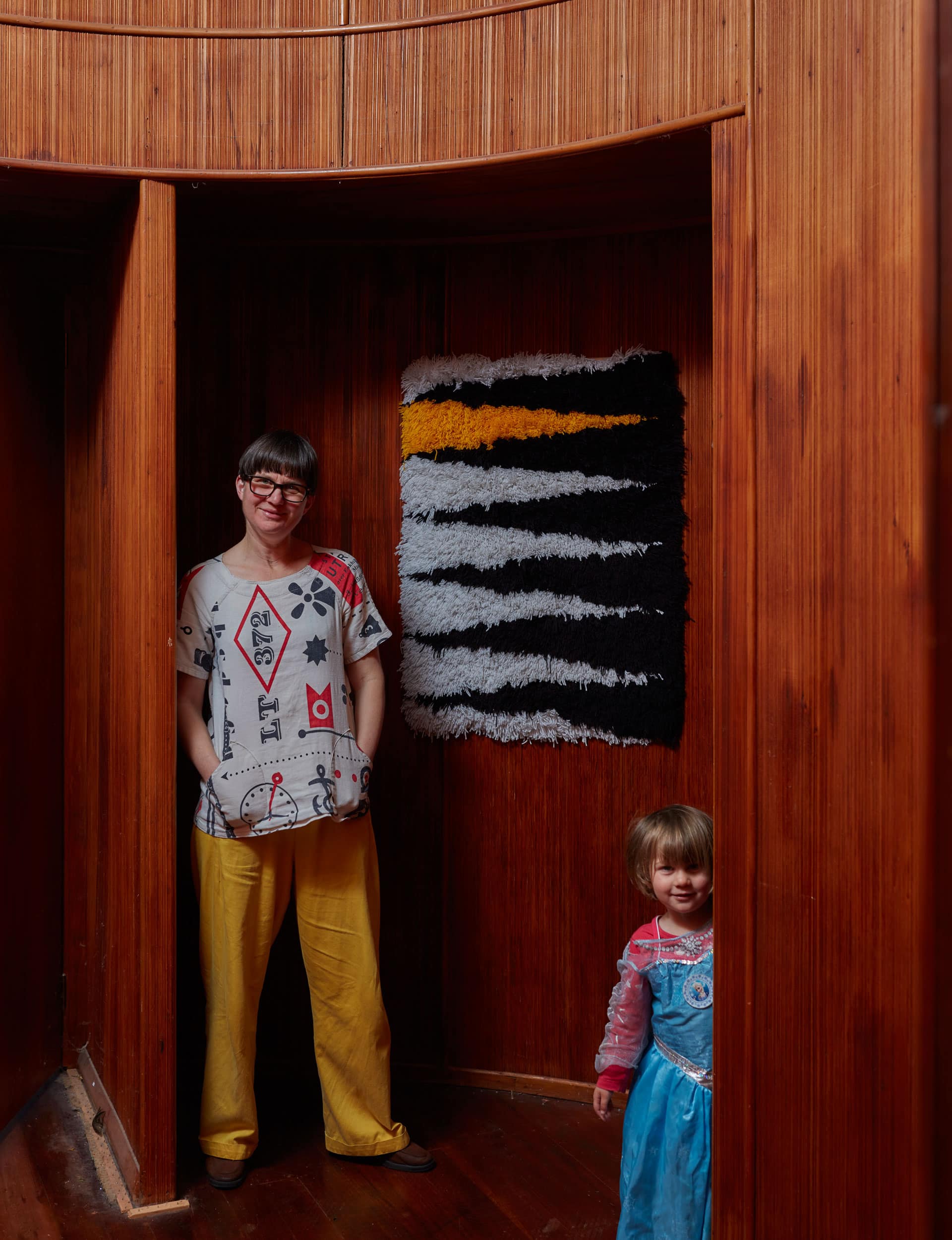
A community of makers
Emma Bugden – former director of Artspace, former senior curator at the Dowse Museum and 2016 Walter Prize judge – sees a lot of potential in Whanganui. She recently moved there from Wellington and is writing her PhD. Bugden says that, as well as photography, Whanganui has always had a strong craft scene, particularly in ceramics, jewellery and glassmaking. These all overlap with contemporary sculpture and that’s created a great community of makers. Lauren Lysaght and Andrea du Chatenier are there. The ceramicist Ross Mitchell-Anyon is a key figure, and his son Jack runs Article, a weekend cafe that acts as a bit of a meet-up spot for the local scene.
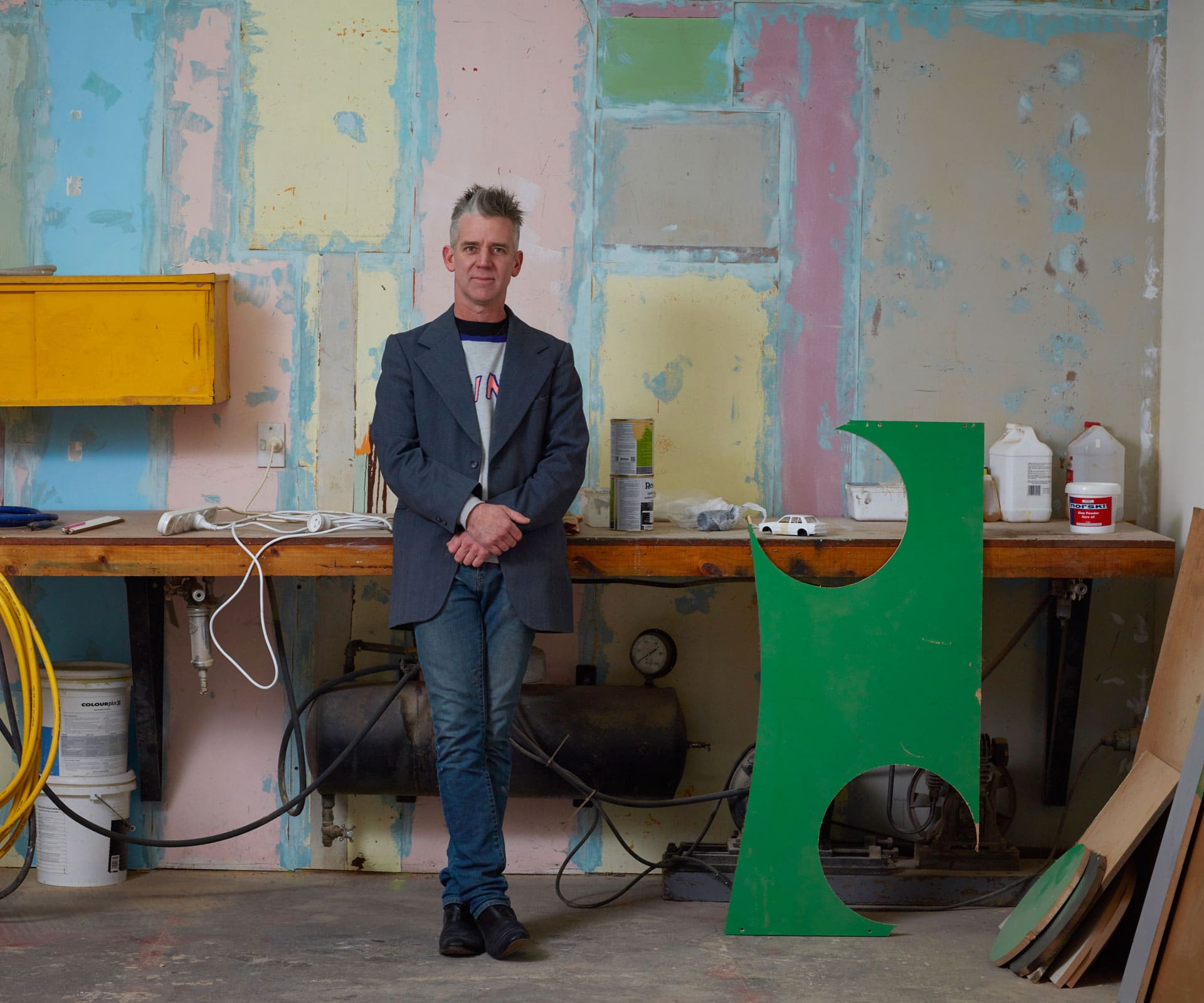
One of the most intriguing makers to have moved to Whanganui in recent years is Glen Hayward, who grew up in nearby Aramoho. After many years away (a doctorate at Elam and almost a decade in the Hokianga), the Tylee Cottage Residency brought him back. Hayward recently bought a bike and lawnmower workshop that he’s slowly doing up. When I arrive, a carved copy of an upturned Toyota Corolla roof sits on the floor. Hayward is known for his highly detailed copies of real-world objects and this one is particularly ambitious.
It’s based on a childhood memory of playing in a wrecked, upside-down Corolla. Made entirely from salvaged wood, the project encapsulates how respected artists like Hayward can now make their careers work from a small town. The piece has been shown at the Sydney Contemporary art fair and at Auckland’s Objectspace. Other work has shown recently at the Art Gallery of New South Wales and is headed to New York. And there’s a major new commission from the Wellington Sculpture Trust. Despite not being in Auckland or Wellington, things keep rolling on for him.
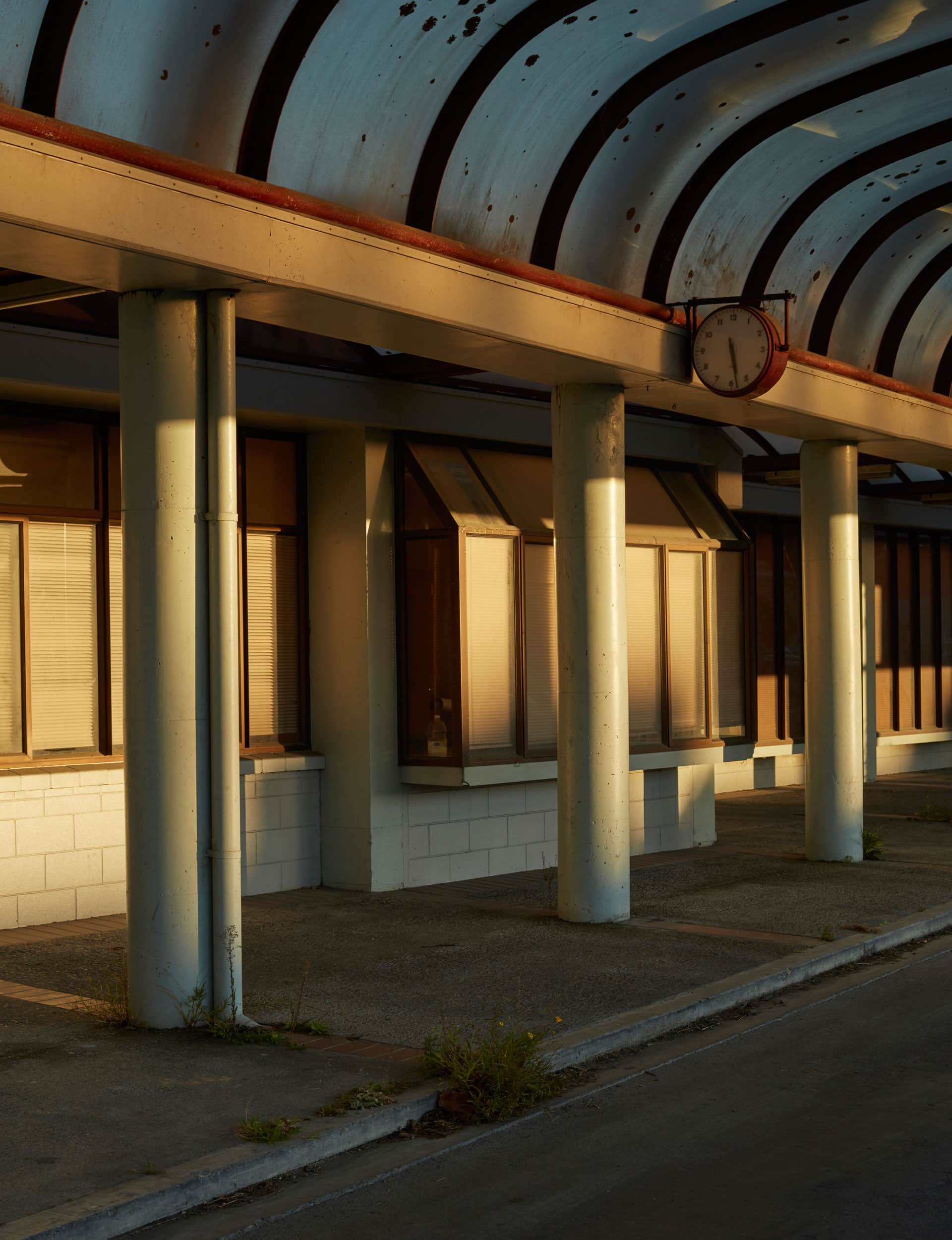
The move to Whanganui has given Hayward time. His work is incredibly labour-intensive. He has thinking time to be with his work and understand where it’s headed, instead of being pulled in different directions to make ends meet. There’s economic pragmatism in moving to Whanganui, but no one I speak to pretends it’s going to become the heart of the New Zealand art scene. They all concede it’s a town with problems. That whiff of conservatism still hangs over the river. The Air New Zealand pullout is a limitation. There are gangs and drugs. Gentrification isn’t obvious: the main drag still looks pretty beaten up in places.
But, as I spend time with Thornley’s quiet, considered portraits of Millie, the serious girl, I wonder if this is actually its strength, too. Whanganui is on a slow burn rather than a new boom. Collier would probably be horrified to know so many young, ambitious artists are moving there. But she’d probably also be delighted that it’s now a town ready to support a growing number of creative people who just want to do what they do best: make challenging art the rest of us, wherever we are, want to see.
Words by: Anthony Byrt. Photography by: Sam Hartnett.
[related_articles post1=”73938″ post2=”50812″]
